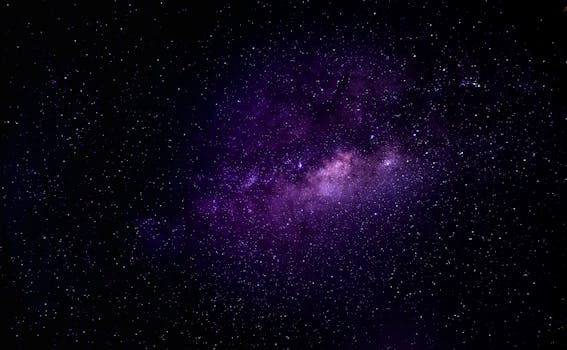
“
Beyond the Milky Way: Imagining New Worlds and Possibilities
Imagining new worlds and possibilities Beyond the Milky Way has long been a topic of human fascination. With the advancements in technology and space exploration, we are now closer than ever to discovering the secrets of the universe. In this article, we will delve into the mysteries of the universe, explore the possibilities of new worlds, and discuss the latest discoveries that are helping us to better understand the cosmos. For more on the imaginative aspect of space exploration, check out Soaring Through the Cosmos: The Power of Imagination Beyond the Stars.
The Milky Way and Beyond
The Milky Way is just one of the billions of galaxies that exist in the universe. It is a barred spiral galaxy, consisting of hundreds of billions of stars, gas, and dust. The Milky Way is estimated to be about 100,000 light-years in diameter and is thought to contain between 200 and 400 billion stars. However, it is just a small part of the larger universe, which is estimated to contain over 100 billion galaxies. For a deeper look at the creative aspects of our universe, read Cosmic Creativity: How Imagination Soars Beyond the Constellations.
New Worlds and Possibilities
With the discovery of exoplanets, which are planets that orbit stars other than the Sun, the possibility of finding life beyond Earth has become a reality. Many of these exoplanets are believed to be located in the habitable zones of their respective stars, which means they could potentially support life. The discovery of exoplanets has opened up new avenues for research and has raised questions about the possibility of life existing elsewhere in the universe. To explore more about the imaginative possibilities in these realms, check out Galaxies of Dreams: How Imagination Transcends the Night Sky.
Exploring the Universe
Space agencies such as NASA and the European Space Agency (ESA) are working tirelessly to explore the universe and to better understand the mysteries of the cosmos. With the help of advanced telescopes and spacecraft, scientists are able to study the universe in greater detail than ever before. The Hubble Space Telescope, for example, has made numerous groundbreaking discoveries, including the detection of dark energy, which is a type of energy that is thought to be responsible for the accelerating expansion of the universe.
Recent Discoveries
Recent discoveries have shed new light on the mysteries of the universe. The detection of gravitational waves, for example, has confirmed a key prediction made by Einstein’s theory of general relativity. Gravitational waves are ripples in the fabric of spacetime that are produced by the collision of massive objects, such as black holes or neutron stars. The discovery of gravitational waves has opened up new avenues for research and has the potential to revolutionize our understanding of the universe.
Takeaways
- The universe is full of mysteries and wonders waiting to be discovered.
- The discovery of exoplanets has raised questions about the possibility of life existing elsewhere in the universe.
- Space agencies such as NASA and the ESA are working tirelessly to explore the universe and to better understand the mysteries of the cosmos.
- Recent discoveries, such as the detection of gravitational waves, have shed new light on the mysteries of the universe.



